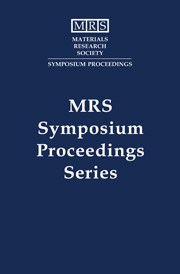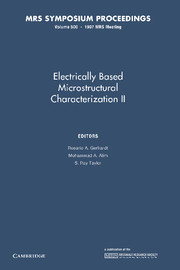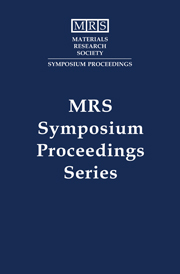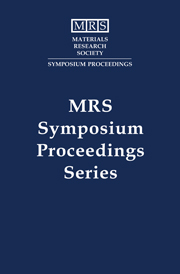Electricaly-Based Microstructural Characterization
Impedance and/or dielectric spectroscopy are being used to monitor hydration in cements, flux solder in PC boards, sintering of ceramic materials, mechanical and environmental degradation of materials, etc. This is the first book from MRS to focus on the application of electrical measurements for the detection of microstructural features at all length scales (atomic to macroscopic). The electrical techniques discussed include dc and ac resistivity measurements, complex impedance analysis, multiplane analysis and various other methods such as electron energy loss spectroscopy, ellipsometry, capacitance voltage measurements and others. Research covers all classes of materials including electroceramics, biological materials, polymers, metals and a variety of composites. Advances in the techniques for the interpretation of data and monitoring of materials-related phenomena are emphasized. Topics include: advances in experimental techniques and applications; advances in interpretation of frequency dependence; characterization of defects; composition and structure profiling; electrode effects; grain boundary effects; composites and porous materials.
Product details
September 1996Hardback
9781558993143
435 pages
0.795kg
Out of stock in print form with no current plan to reprint







